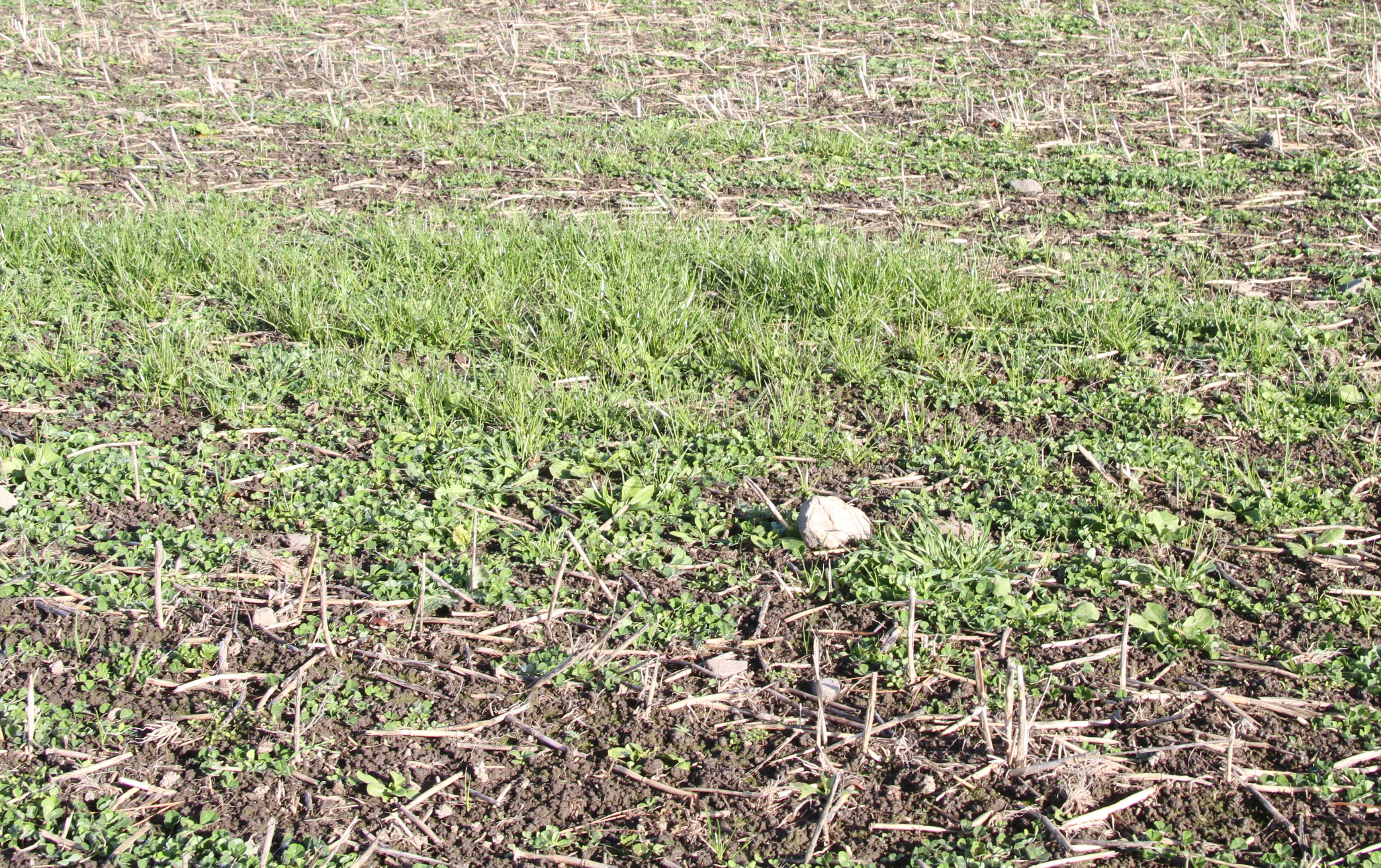What’s eating my new grass?
Current dry conditions exacerbate the damage caused by insect pests in new pasture, and make it more evident.
Prevention is always better than cure, which is why using treated seed is so important, as is using appropriate insecticide or slug bait options prior to, at or after sowing if required.
Healthy pastures, with adequate nutrient levels, are more resilient to insect attack. Good establishment technique will help.
After sowing, we always recommend monitoring closely for insect. You won’t get a good idea of what’s going on from your vehicle, so for best results get out and inspect seedlings up close.
Signs of damage can show up early. Adult Argentine stem weevil can kill ryegrass seedlings as they first emerge, particularly when dry conditions mean seedlings take longer to establish. Look for plants which have been eaten off at ground level. Larvae chew or tunnel into leaves.
Adult black beetle can also destroy newly sown autumn pasture, chewing through the base of emerging ryegrass plants and killing them. Spray-drilled and undersown pasture is particularly vulnerable as the existing insect population is not controlled by cultivation. Novel endophyte only provides limited protection of seedlings and the young plants.
Black field crickets have been very prevalent in some areas this year, especially where heavy clay soils have dried out with deep cracks. Pasture around these cracks can be completely defoliated. If crickets are a known risk on your property, check for them by flushing cracks with a weak solution of household detergent in water and seeing if crickets come out. Populations more than 10/sq metre are economically damaging. Baits offer effective control.
Keep an eye out for porina caterpillars, too, especially if they’re a known risk on your farm. Yellow-cream on the underside, and grey-green on the back, with a dark brown-black head, they live underground in tunnels 15-30 cm deep, and surface feed on grass and clover at night, leaving tell-tale bare patches and dead plants. Several control options are available even at seemingly low populations (2/spade square) they can cause significant pasture loss. Dig to a depth of 30 cm to ascertain numbers.
If grass grub larvae are feeding on the roots of your new pasture, the first indication will be seedling death. Again, digging will help identify larvae numbers, and you can then apply recommended grass grub insecticide if necessary, generally with rain to take the chemical down to the grubs.
Tech tip: Even with treated seed, it pays to check grass grub larvae numbers before undersowing. The best way to do this is to dig up soil and look for larvae present. They’re C-shaped, creamy white in colour with a brown head and typically found in the top few centimetres of soil. The insecticide in seed treatment discourages them from feeding on seedling roots, but doesn’t kill them outright, so if numbers are high and you have undersown at lower rates of seed per ha compared to normal sowing (i.e. 10-15 kg seed/ha vs 20-25kg/ha), plan for additional grass grub control at sowing to safeguard your new grass growth during autumn and winter.
Remember the economic threshold for grass grub is very low – 3 larvae per square spade, or 75 per square metre.
ASW adult damage in pasture establishment:

